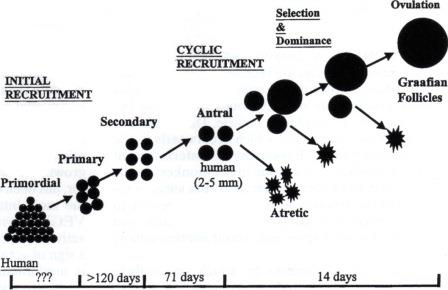Monica Kansal
Jaypee Hospital, India
Title: Dynamics of folliculogenesis – sonographic assessment and applications in infertility management
Biography
Biography: Monica Kansal
Abstract
Trans-vaginal sonography along with colour Doppler is the gold standard investigation in assessment of gynaecological and reproductive disorders in females. Besides exclusion of uterine, endometrial and tubal causes, sonography provides noninvasive tool for monitoring individual follicles during menstrual cycle and response to ovarian stimulation. This paper describes various uses of ultrasound in assisted reproductive techniques as the principal non-invasive modality for evaluation of key process of ovarian function – the process of folliculogenesis. Folliculogenesis refers to all phases that a primordial germ cell should pass to become mature healthy oocyte that is subsequently fertilized. It is a constant process that starts in embryogenic period and ends with the disappearance of last functional follicle in the period of menopause. Recognising the quality of follicle, its growth pattern and vascularity has a prognostic value for outcome of assisted reproduction techniques.

Figure 1: Folliculogenesis - Process of follicle recruitment and development.
Recent Publications
1. V Vlaisavljevic and M Dosen (2007) Clinical applications of ultrasound in assessment of follicle development and growth. Donald School Journal of Ultrasound in Obstetrics and Gynaecology 1(2):50–63.
2. Nanette Santoro, Barbara Isaac, Genevieve Neal – Perry, Tovaghol Adel, Laura Weingart and Aimee Nussbaum (2011) Impaired folliculogenesis and ovulation in older reproductive aged women. Journal of clinical endocrinology and metabolism: 88(11):5502–5509.
3. Angela Baerwald, Gregg P Adams and Roger A Pierson (2012) Ovarian antral folliculogenesis during human menstrual cycle: A review. Human Reproduction Update, 18(1):73-91.

